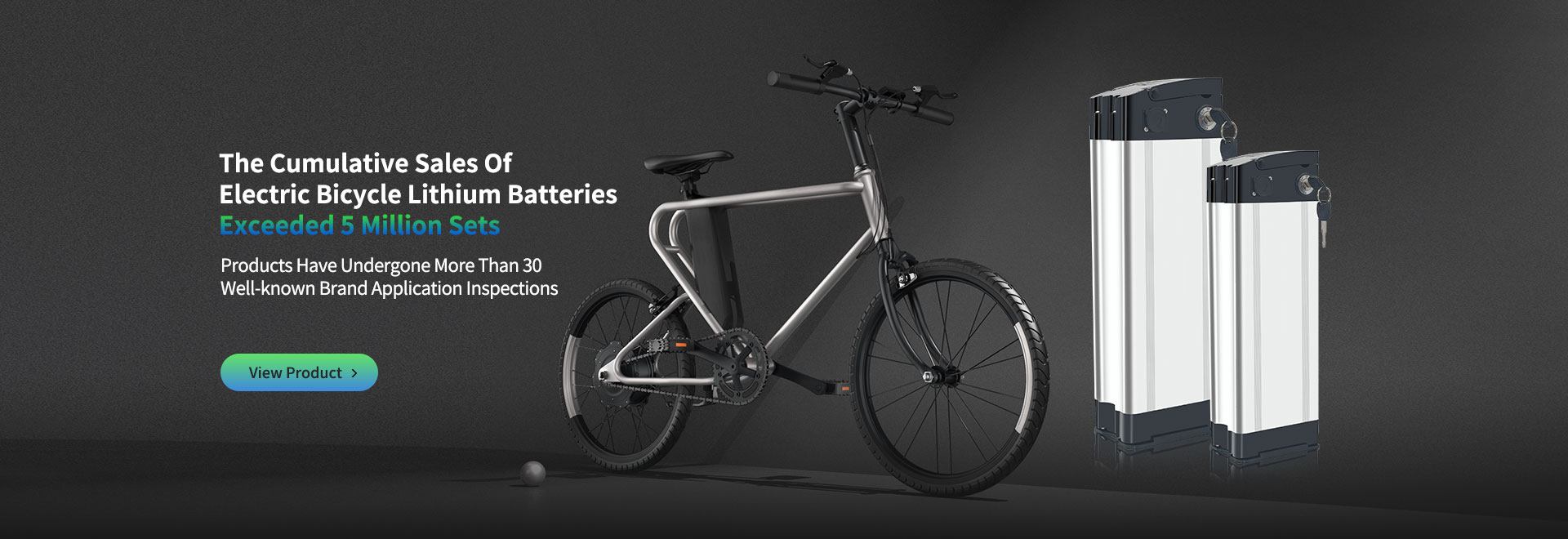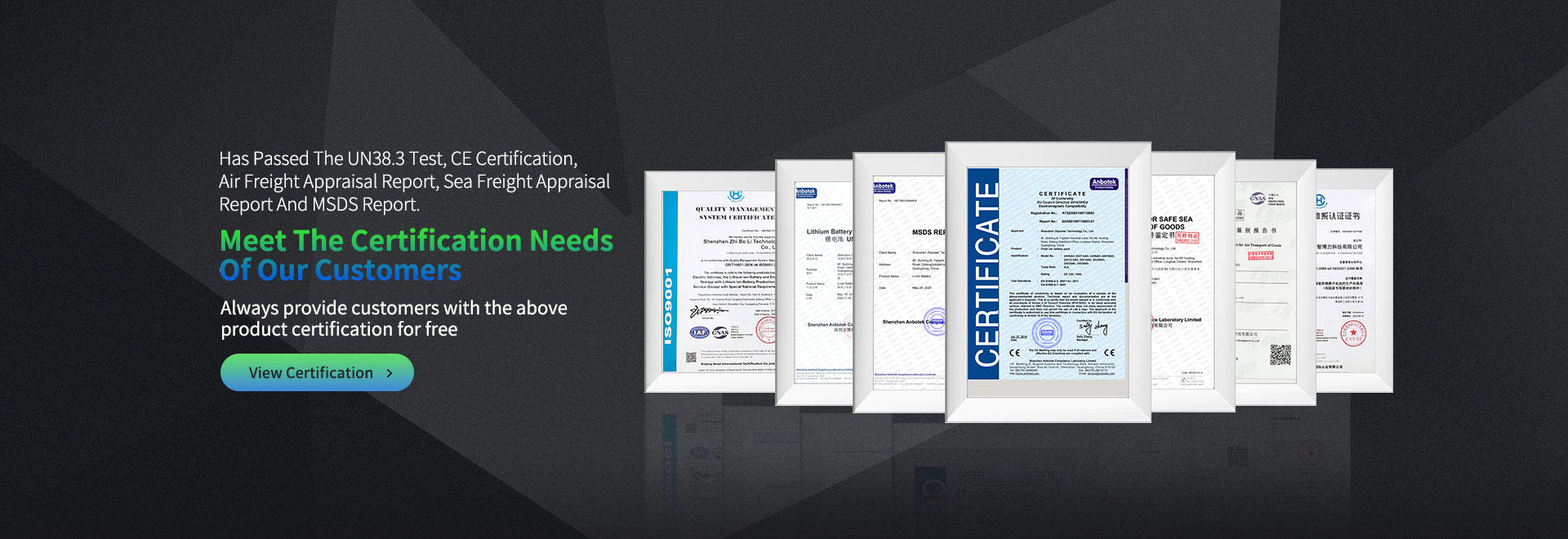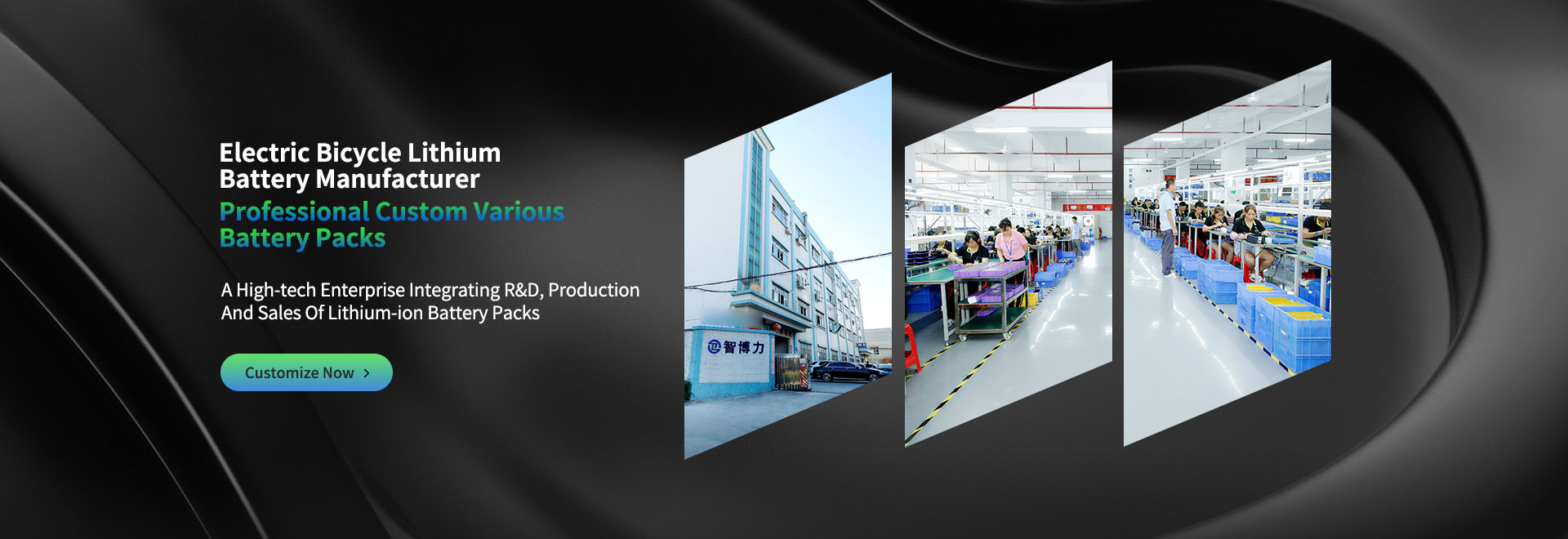Development prospects of lithium batteries
In order to develop varieties with better performance, various materials have been studied. To create an unprecedented product. For example, lithium sulfur dioxide batteries and lithium thionyl chloride batteries are very characteristic. Their positive active material is also a solvent for the electrolyte. This structure only appears in non-aqueous electrochemical systems. Therefore, research on lithium batteries has also promoted the development of electrochemical theory of non-aqueous systems. In addition to using various non-aqueous solvents, people have also conducted research on polymer thin film batteries.
Lithium batteries are widely used in energy storage power systems such as water power, thermal power, wind power and solar power plants, uninterrupted power supplies for post and telecommunications, as well as power tools, electric bicycles, electric motorcycles, electric vehicles, military equipment, aerospace and other fields.
Lithium-ion batteries have been widely used in portable electrical appliances such as laptop computers, cameras, and mobile communications due to their unique performance advantages. The large-capacity lithium-ion battery developed has been tested in electric vehicles and is expected to become one of the main power sources of electric vehicles in the 21st century, and will be used in artificial satellites, aerospace and energy storage. With the shortage of energy and the pressure of the world's environmental protection. Lithium batteries are widely used in the electric vehicle industry, especially the emergence of lithium iron phosphate batteries, which has promoted the development and application of the lithium battery industry.
"Planning" is expected to change the world lithium battery pattern
On April 18, the State Council discussed and adopted the "Energy-saving and New Energy Automobile Industry Development Plan (2012~2020)" (hereinafter referred to as the "Plan"), which clarified the main strategic orientation of the transformation of the automobile industry with pure electric drive, and promoted the popularization of Plug-in hybrid electric vehicles, and put forward the goal of accumulative production and sales of pure electric and hybrid electric vehicles to reach 500,000 in 2015, and to exceed 5 million by 2020.
The release of "Planning" has aroused great attention in the market. Many experts believe that this move will promote the automotive industry to enter a new round of development. In addition, it will also invisibly outline a huge market outline for the power battery industry, the core component of energy-saving and new energy vehicles.




 中文
中文 English
English



